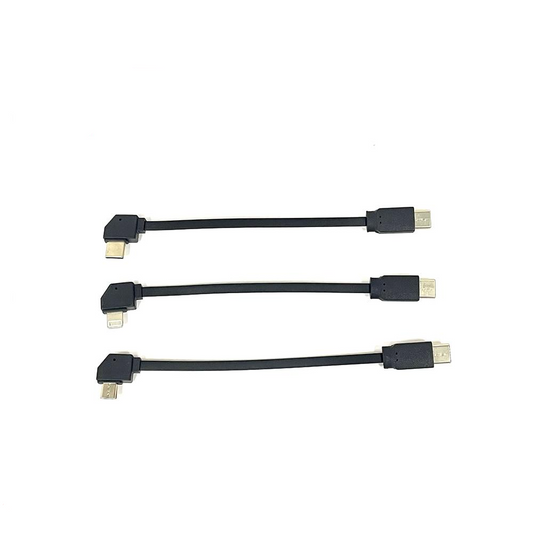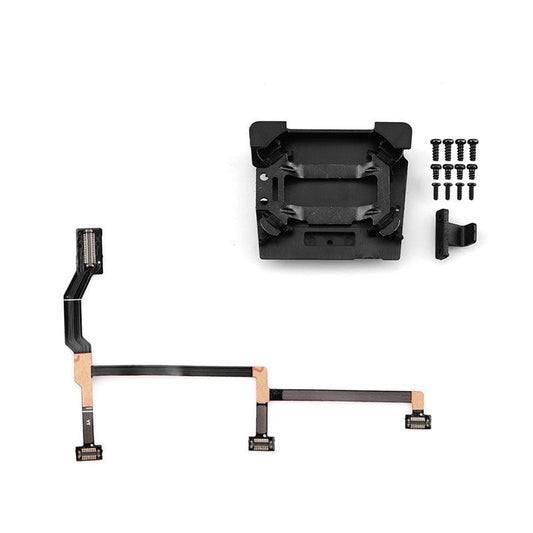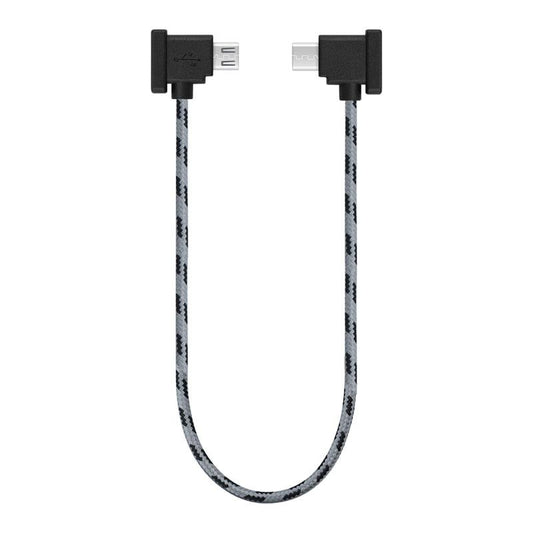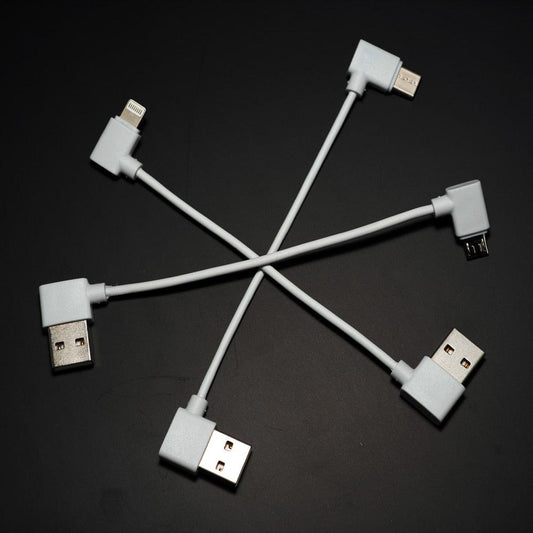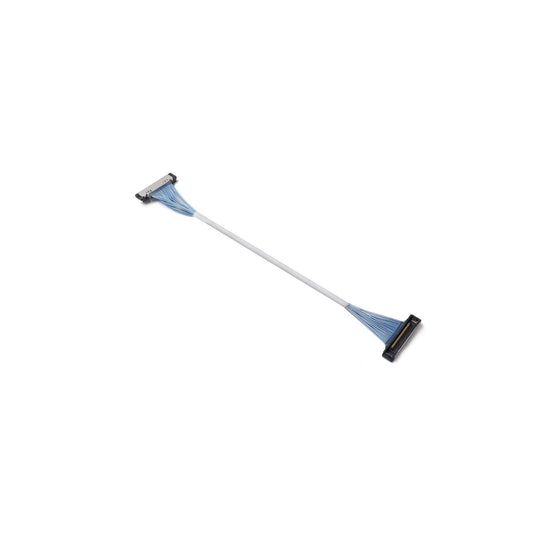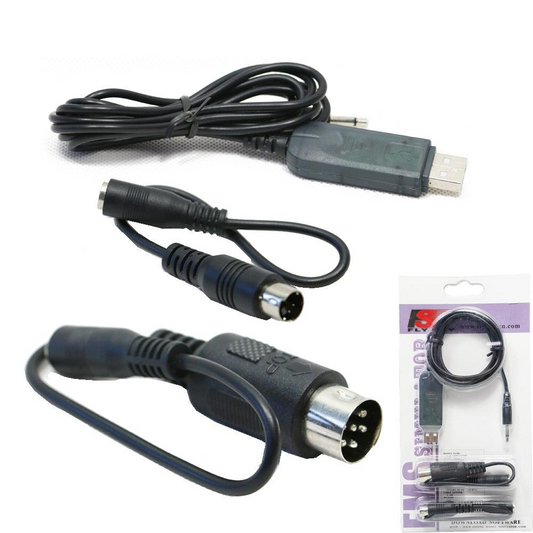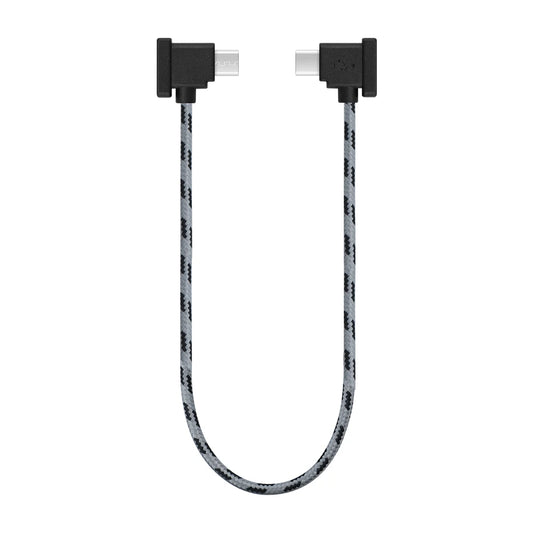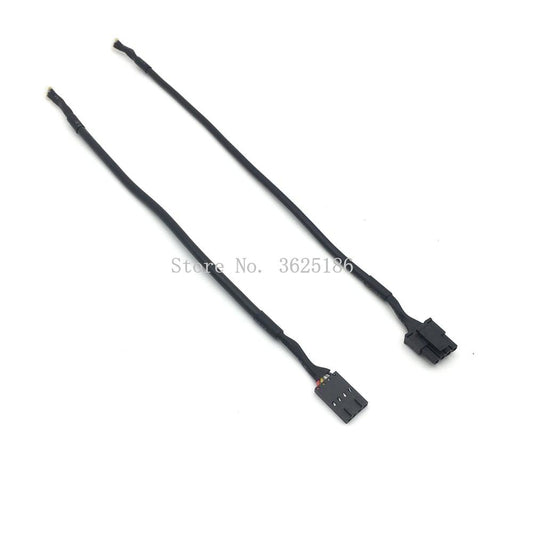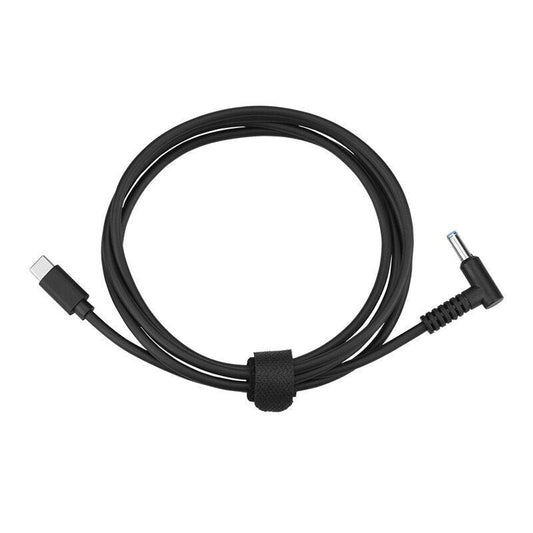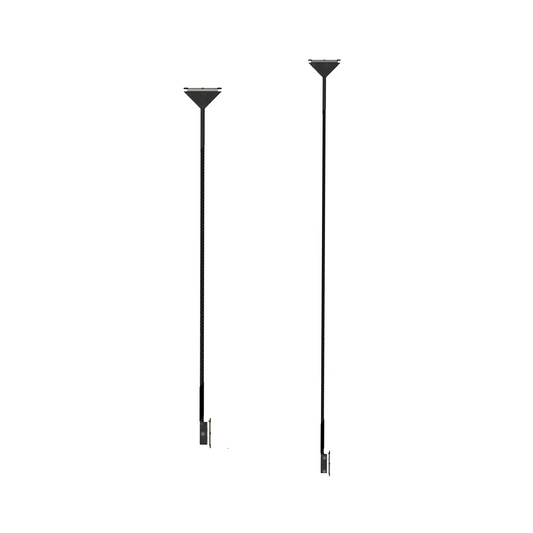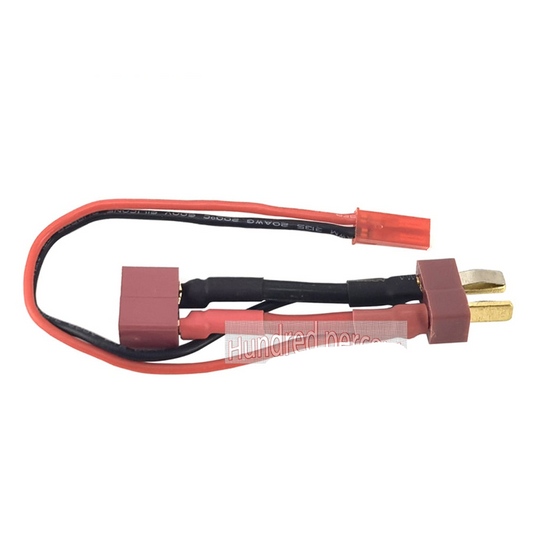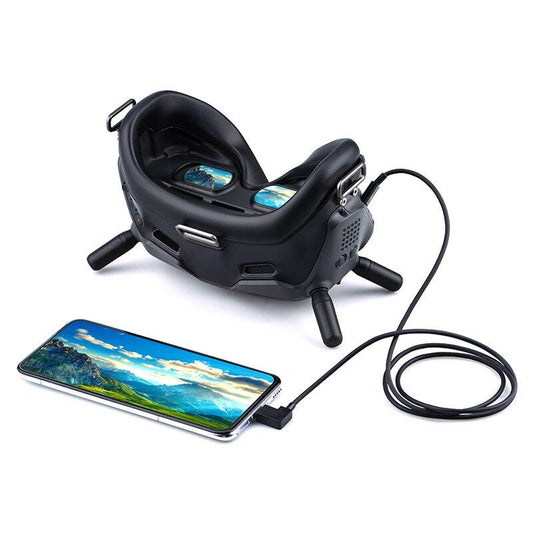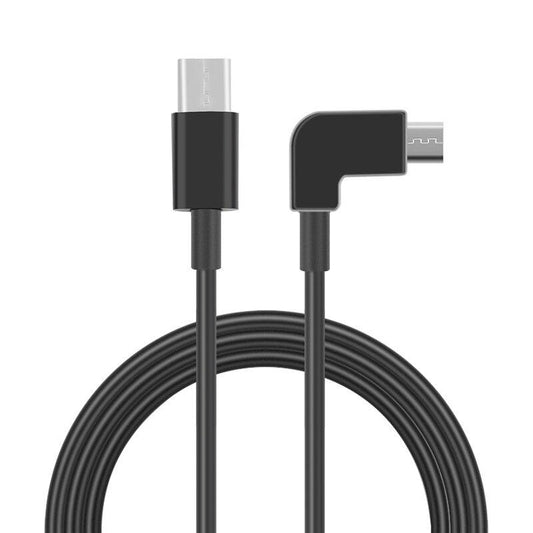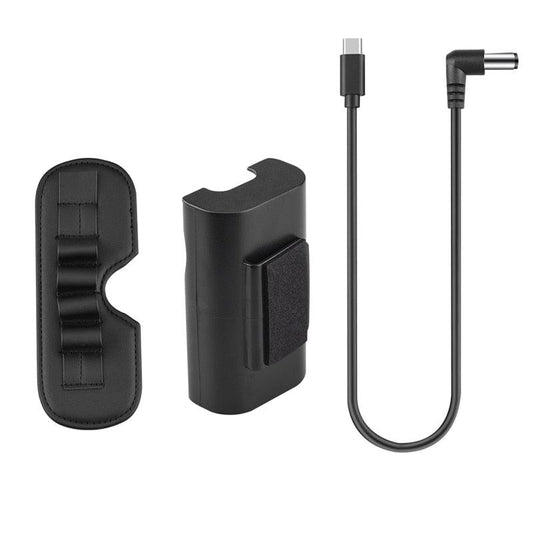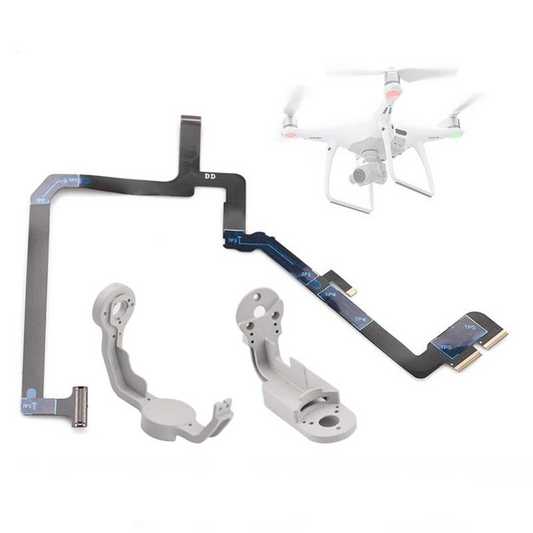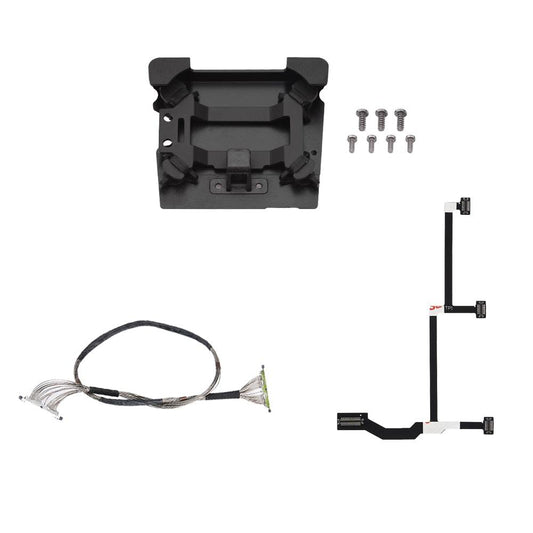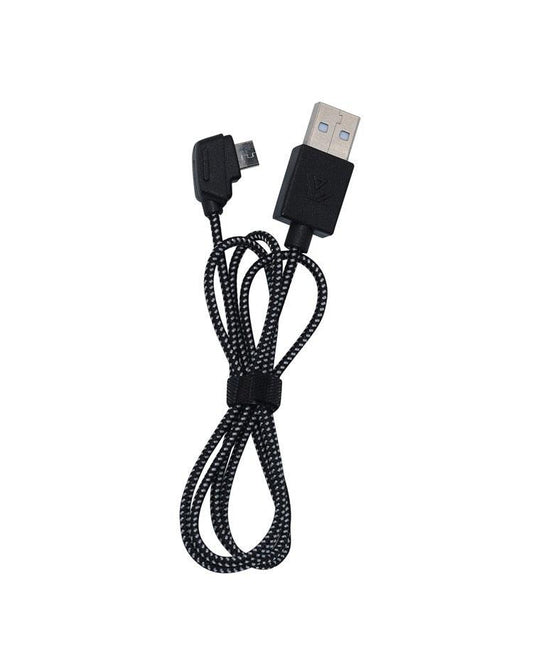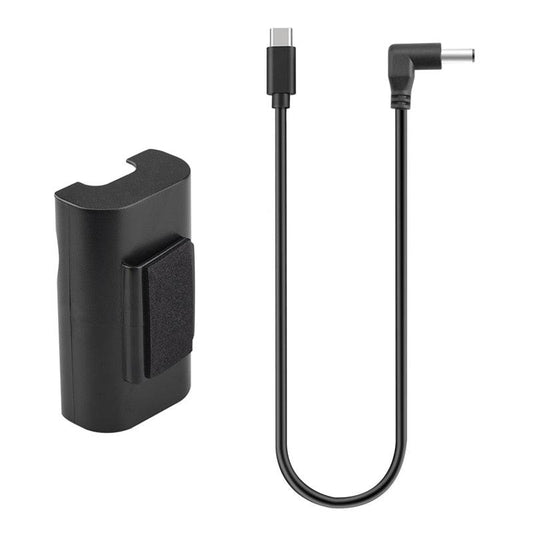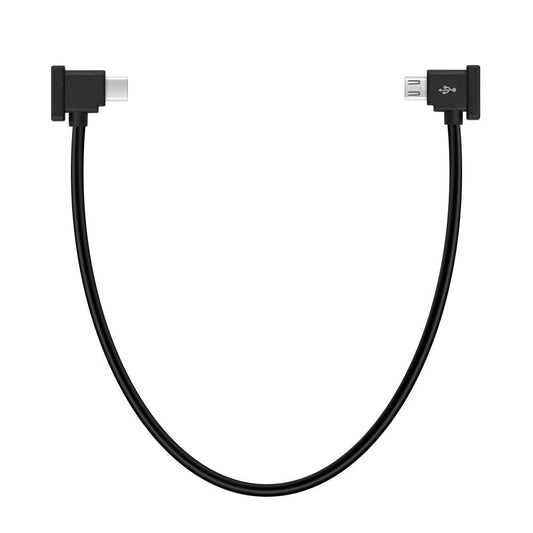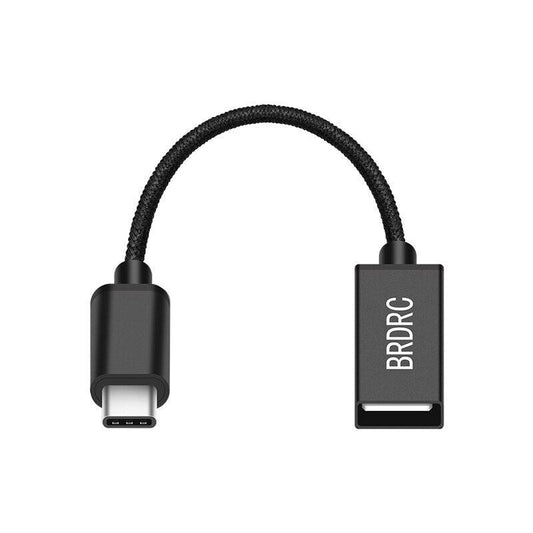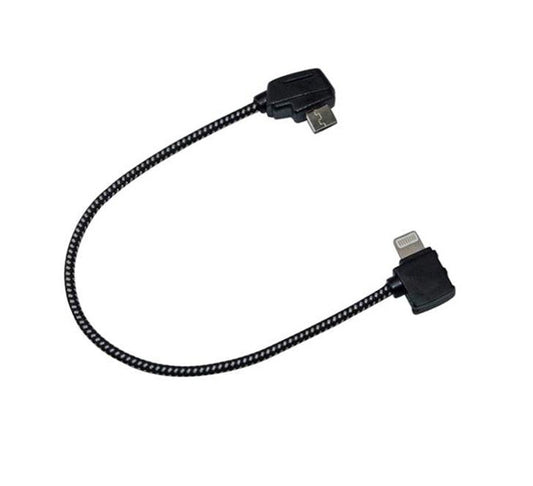-
FIMI X8 MINI Camera Drone Original USB cable - drone spare parts fimi x8 mini camera drone type c usb microusb line drop shipping
Regular price $18.23 USDRegular priceUnit price per -
Data Cable for DJI Mavic Pro/Mini/SE/Air/2 Pro Zoom/Spark Drone Remote Controller Tablet Phone Type-C Micro-USB IOS Cable
Regular price From $11.25 USDRegular priceUnit price per -
Signal Cable Flex Flexible Loop for DJI Mavic Pro Drone Camera Video Transmit Wire Gimbal Mounting Plate Repair Parts Accessory
Regular price From $10.51 USDRegular priceUnit price per -
Remote Control Data Cable for DJI Mavic Mini/SE/Mavic 2/Mavic Pro/Air/Spark/Type-C Micro USB IOS connector line for Iphone/iPad
Regular price From $8.13 USDRegular priceUnit price per -
Tattu Balance Board for 6S-12S Batteries Suited for TA3200 and TA3200HV ONLY
Regular price $25.99 USDRegular priceUnit price per -
FIMI X8 SE 2022 & 2020 version Original USB cable fimi x8se 2022 & 2020 camera drone type a/ type b/type c usb line drop shipping
Regular price $17.00 USDRegular priceUnit price per -
GEPRC Recording Camera Loris 4K Coaxial Cable - Suitable For tinygo Drone Series RC FPV Quadcopter Accessories parts
Regular price $12.80 USDRegular priceUnit price per -
Flysky FS-SM100 RC USB Flight Simulator - With FMS Cable for FLYSKY FS-i6 i10 i6X FS-T6 FS-CT6B TH9X FPV RC Radio Transmitter
Regular price From $18.46 USDRegular priceUnit price per -
Data Cable for DJI Mini 3 Pro/Mavic 3/Air 2/Mini 2/Air 3 OTG RC-N1/N2 Remote Controller Phone Tablet Micro USB TypeC IOS
Regular price $2.09 USDRegular priceUnit price per -
SIYI VD32 remote control and JIYI flight control K3A pro K++ V2 connection line data transmission line communication line
Regular price $12.53 USDRegular priceUnit price per -
Power Cable for DJI FPV Goggles 2 - Flying Glasses Charging Cable Supply Connect Battery for DJI Avata Drone Accessories
Regular price $16.16 USDRegular priceUnit price per -
FPV Drone Battery Charger Cable - XT30 XT-30 Female / Male Parallel cable wire Y lead 18AWG 10CM
Regular price From $16.97 USDRegular priceUnit price per -
Tattu AS150U Female to XT90 Male Adapter
Regular price $19.99 USDRegular priceUnit price per -
D JI O3 Coaxial Cable - FPV Digital System 15/20cm for O3 Air Unit RC FPV Freestyle Racing Drone DIY Part
Regular price $16.48 USDRegular priceUnit price per -
RadioLink RC4GS RC6GSV2 R7FG T plug Voltage return wire
Regular price $11.24 USDRegular priceUnit price per -
Data Cable for DJI Avata Goggles 2/V2 IOS/Type C/Micro USB Adapter for Ipad Air/MINI IPhone Tablet Drone Glasses Accessories
Regular price $12.62 USDRegular priceUnit price per -
1m Data Cable for DJI FPV Goggles V2 - Phone Tablet Micro-USB Type-C IOS Connector Transmission Line Flight Glasses Wire
Regular price $13.46 USDRegular priceUnit price per -
30/130CM Power Charging Cable for DJI FPV Goggles 2/V2 - Fast Charge Mobile Pwoer Supply Cable for DJI FPV Goggles 2/V2
Regular price From $13.66 USDRegular priceUnit price per -
Ribbon Flat Cable Soft Flexible Wire Flex Cable Camera Gimbal Repairing YR Motor for DJI Phantom 4 PRO Spare Parts Replacement
Regular price From $23.82 USDRegular priceUnit price per -
Flex Ribbon Flat Cable for DJI Mavic Pro Drone Gimbal Mounting Plate Damping Bracket Signal Line Gimbal Board Replacement Parts
Regular price From $12.18 USDRegular priceUnit price per -
80cm Transmitter Charging Cable Durable Nylon USB Cable for DJI Mavic Pro Mavic 2 Zoom Pro Air Drone Remote Controller RC Parts
Regular price $12.78 USDRegular priceUnit price per -
Power Charging Cable for DJI Goggles 2 - Fast Charge Power Supply Cable for DJI Avata Drone Accessory
Regular price From $10.10 USDRegular priceUnit price per -
OTG Data Cable for DJI Mavic 2/Mini/SE/Pro/Air/Spark Drone Remote Control to Phone Tablet Micro USB Type-C IOS Connector Line
Regular price From $7.91 USDRegular priceUnit price per -
OTG Data Cable Adapter for DJI Mavic 3/Mini 2/Air 2/Air 2S/FPV Goggles V2 Connector USB to Tpye-C Micro-Usb IOS for Phone Tablet DJI Accessories
Regular price $8.82 USDRegular priceUnit price per -
Data Cable OTG Remote Controller to Phone Tablet Connector USB TypeC IOS Extend for DJI Mavic MINI/2/3 Pro/SE/Pro/Air/Mavic 2/3
Regular price From $7.78 USDRegular priceUnit price per -
1 to 2 Way DC Power Splitter Cable For VRX
Regular price $9.99 USDRegular priceUnit price per -
Walksnail VTX Connecting FC Cable
Regular price $9.99 USDRegular priceUnit price per -
Walksnail Kit Power Cable
Regular price $9.99 USDRegular priceUnit price per$2.99 USDSale price $9.99 USD -
Free-Walksnail Moonlight VTX USB Cable
Regular price $9.00 USDRegular priceUnit price per -
Audio Cable Dual Head 90° 4-Pole to 5-Pole for Goggles X
Regular price $8.99 USDRegular priceUnit price per -
CaddxFPV Walksnail Kit USB Cable
Regular price $9.90 USDRegular priceUnit price per$0.00 USDSale price $9.90 USD -
CaddxFPV Walksnail Kit Type C USB Cable
Regular price $9.00 USDRegular priceUnit price per -
CaddxFPV GL GM Upgrade Cable
Regular price $9.00 USDRegular priceUnit price per -
Walksnail 5.5cm/9cm/14cm/20cm Coaxial Cable
Regular price From $1.99 USDRegular priceUnit price per -
2PCS LKTOP Dual USB‑C RC Cable for DJI RC‑N3/N2/N1 Remote Controller, USB‑C to USB‑C for Mini/Air/Mavic/Neo
Regular price $19.99 USDRegular priceUnit price per -
UP14S support 6S -14S 6S+6S to 12S Black Expansion Charger Plate Balance Charging Adapter Board connect board
Regular price From $26.00 USDRegular priceUnit price per$0.00 USDSale price From $26.00 USD
